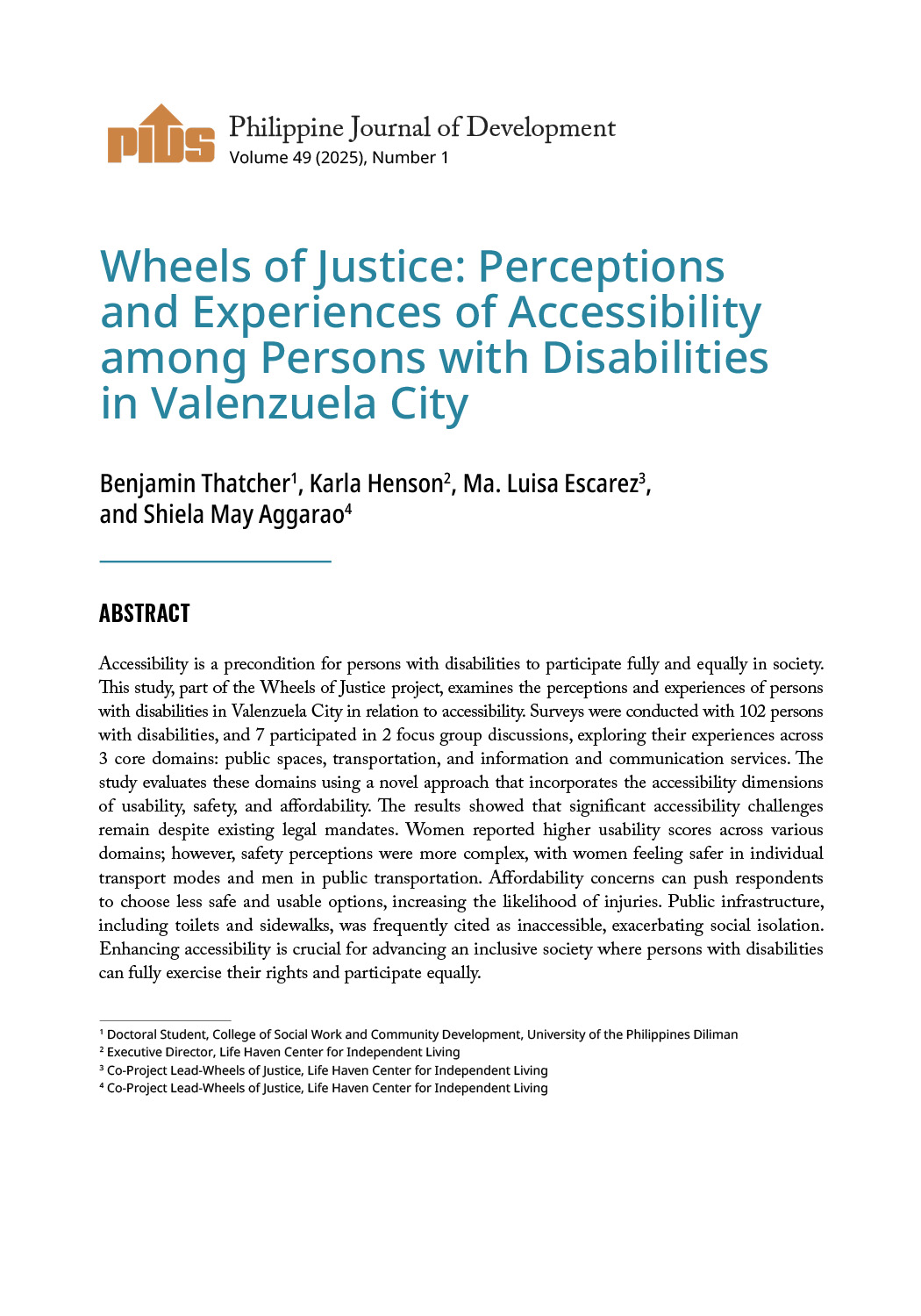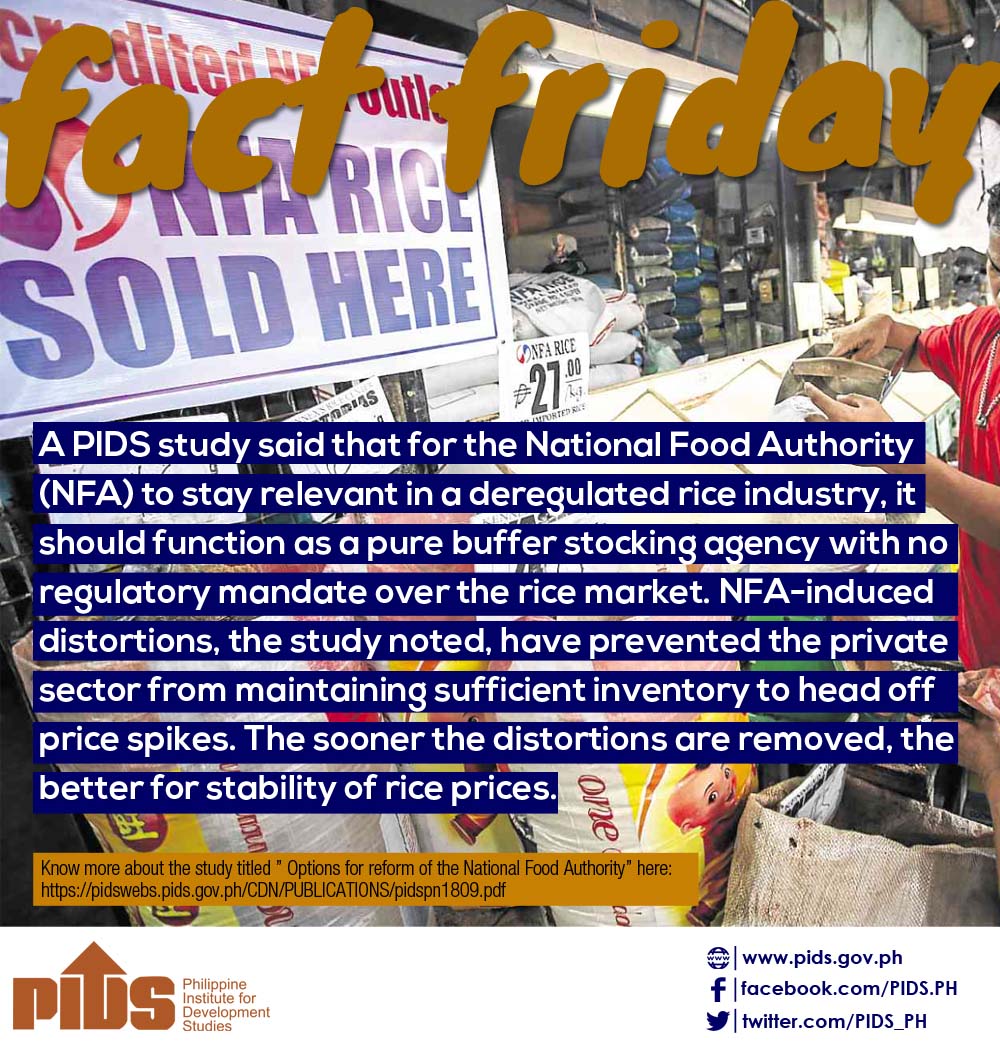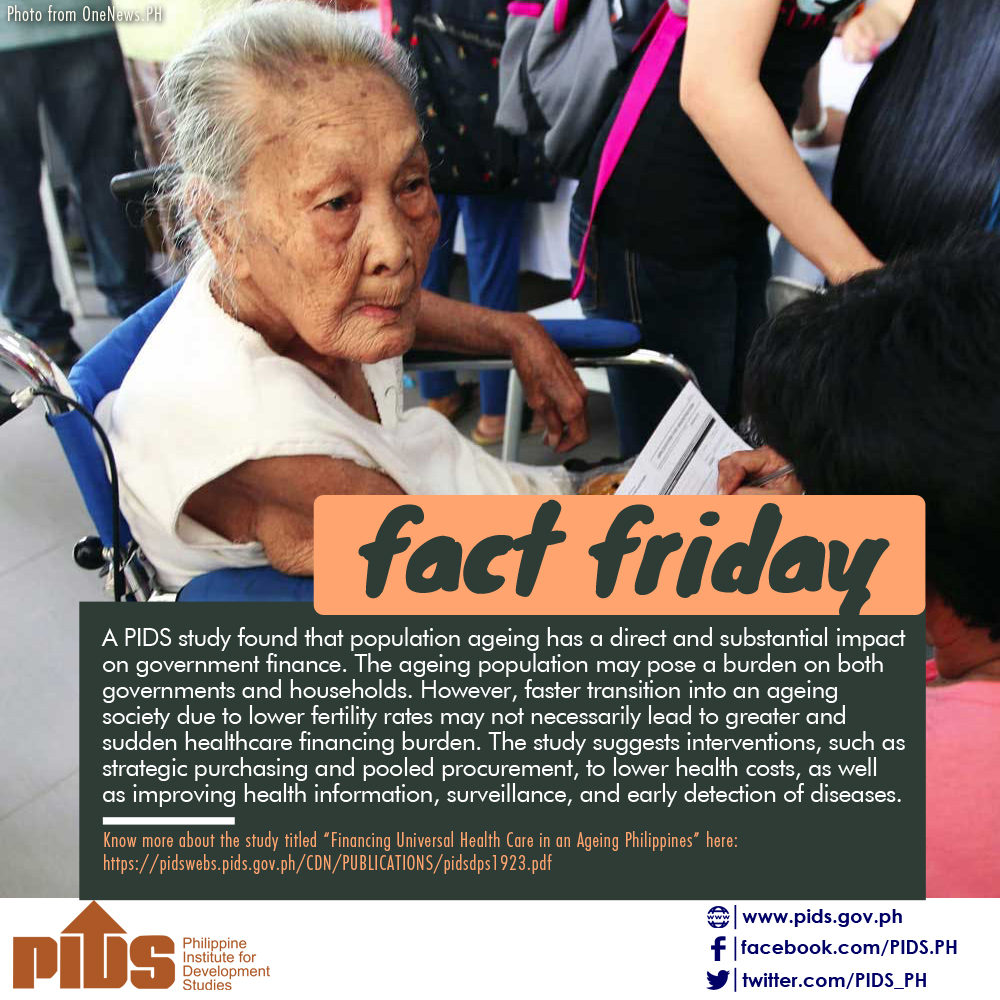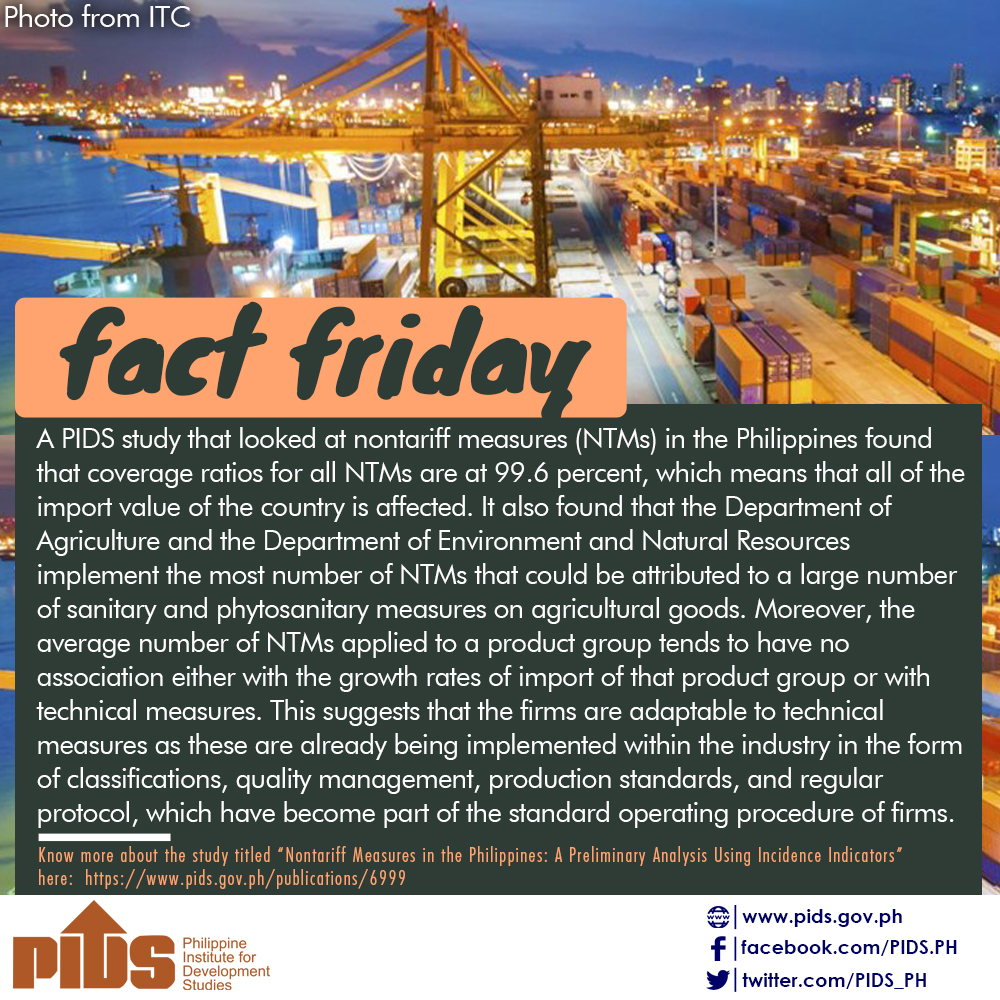PRESIDENT Rodrigo Duterte plans to meet the National Food Authority (NFA) Council next week to personally address the shortage of buffer stock of subsidized rice.
Leoncio Evasco, the secretary to the Cabinet who also heads the NFA Council, made the disclosure in an interview with The Manila Times, when asked about the controversies hounding the state grains agency.
“The President will join the meeting of the NFA council, and he will make a statement on this matter. We will have a resolution after the meeting,” Evasco said.
The shortage of stocks of subsidized rice has revived persistent allegations of a “rice cartel” or mafia in the government’s rice procurement program.
Because of the dwindling buffer stock, the agency stopped selling rice to accredited retailers, resulting in the unavailability of affordable rice in the market that then led to the spike in prices of commercial rice.
NFA Administrator Jason Aquino has welcomed any audit or inquiry into the agency’s rice distribution system.
But no less than Agriculture Secretary Emmanuel Piñol has claimed there were many instances of NFA rice being sold to “favored” retailers.
Most indebted agency
At the resumption of the Senate hearing on the NFA rice shortage, Roehlano Briones, senior research fellow of the Philippine Institute for Development Studies, told lawmakers the NFA was the most indebted government agency with a net worth of negative P150 billion based on 2017 data of Department of Budget and Management.
The NFA was also ineffective in its price stabilization function, which adheres to the policy of “buying high” from farmers and “selling low” to consumers.
He said the NFA’s objectives of ensuring farmers a reasonable return to their investment in rice cultivation and provide low prices for consumers were clearly in conflict with each other, and had led to huge losses.
Yet the average share of actual NFA palay (paddy rice) procurement to total production was only at 1.89 percent from 2000 to 2017.
Moreover, the agency’s annual procurement targets were never reached, except in 2008 and 2015, Briones said.
The volume of NFA rice distributed to consumers was also too small to influence retail prices. The NFA has failed to meet its annual distribution targets, except in 2013 and 2018.
Not the poor
Briones’ presentation also showed that 48 percent of the beneficiaries of NFA rice were not even poor.
“The buffer stocking and price stabilization interventions of the NFA have done little in improving food security and have resulted in high fiscal cost on the part of the government,” Briones said in his presentation on Friday.
Briones presented two options for the NFA: one is to allow the status quo and maintain its importation monopoly, and the second, restrict the agency to buffer stocking.
Sen. Cynthia Villar said the Senate agriculture committee, which she leads, was looking at the removal of the rice import function and regulation of the NFA and allow the private sector to take over.
“Definitely, status quo is out, we want to look at the reforms,” Villar told reporters.
The committee is also looking at the model of the sugar industry, which keeps 15 percent of production as buffer stock that the government can buy if needed.
“We will look into the practice of the Sugar Regulatory Authority (SRA) where farmers are under agreement with SRA to sell stocks when the need arises,” she added.









